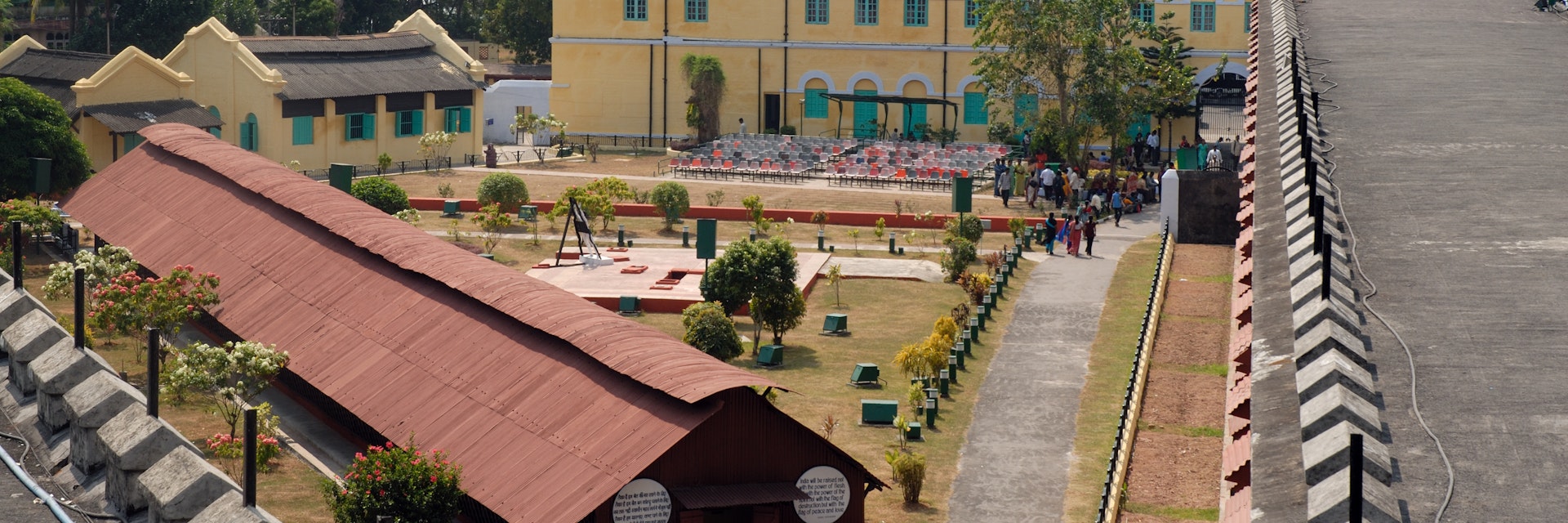A former British prison, the Cellular Jail now serves as a shrine to the political dissidents it once imprisoned. Construction began in 1896 and was completed in 1906 – the original seven wings (several of which were destroyed by the Japanese during WWII; only three now remain) contained 698 cells radiating from a central tower. Like many political prisons, it became something of a university for freedom fighters, who exchanged books, ideas and debates despite the walls and wardens.
Controversial Hindu freedom fighter Vinayak Damodar Savarkar was held here from 1914 to 1921 and his former cell is open to visitors.
Guides (₹200; one hour) are available to show you around. There’s a fairly cheesy sound-and-light show detailing the jail’s history, in English, at 7.15pm on Monday, Wednesday and Friday – weather permitting.

